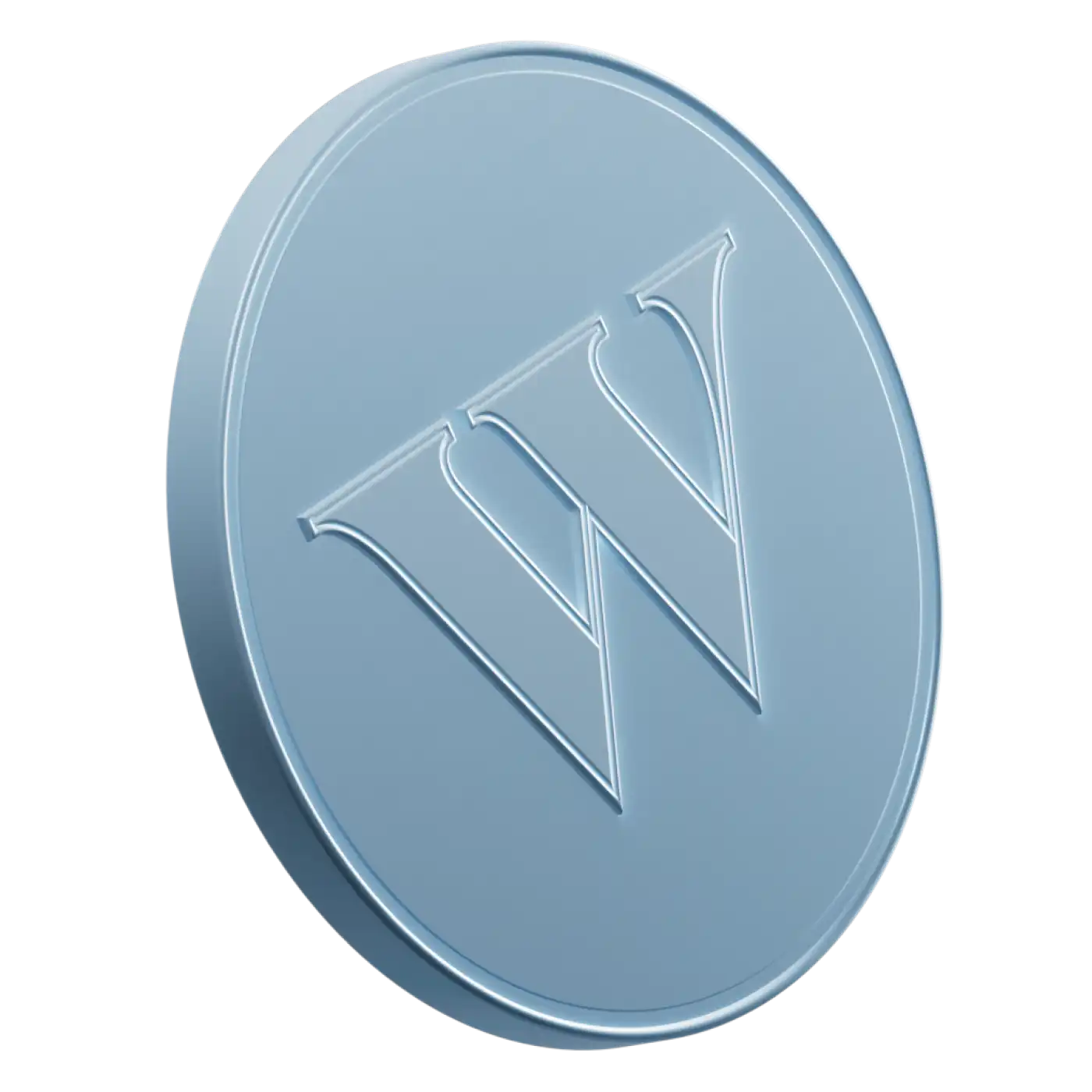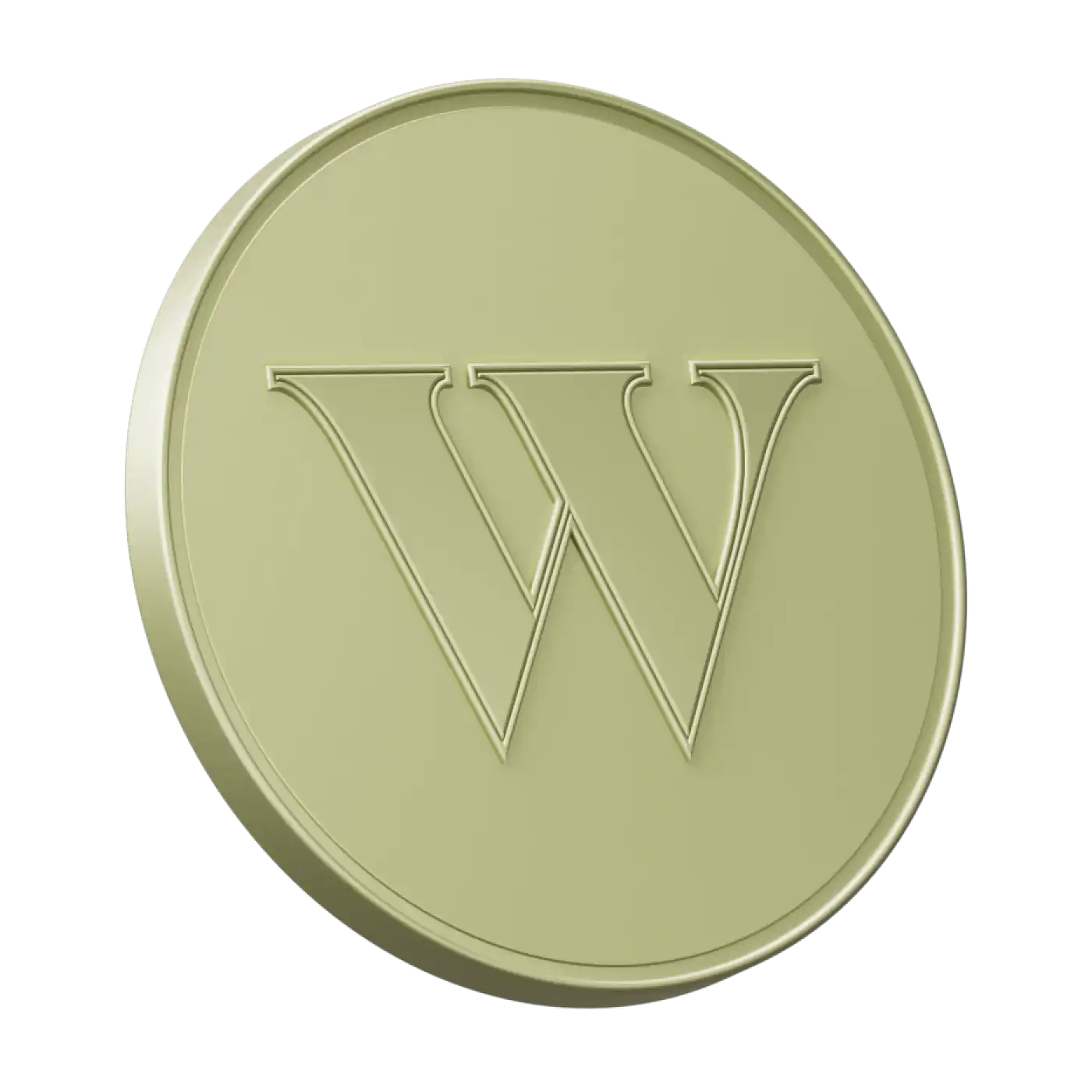At this point, a vast majority of our daily lives are carried out online. We find dates online, we order food online, we shop for vintage handbags and leather jackets online—and more people are choosing to do their daily banking online, too.
To help you consider which online bank might be right for you, we’ve rounded up a list (in alphabetical order) of Canada’s online-only banks and financial institutions with chequing and spending accounts. All statistics are verified as of February 2025. We’re not going to say which one is the best for your needs - that’s for you to determine - but we’ve tried to make it easier for you to make an informed decision. Just so you know, we don’t include promotional rates in the chart below. What you see is what you usually get:
Online banks and financial institutions in Canada
Bank | Account types offered | Student/ youth accounts | Monthly fees | Minimum account balance | Base interest rate, savings | Investments |
|---|---|---|---|---|---|---|
| EQ Bank | Hybrid chequing and savings account, standalone savings accounts | No | None | None | 1.25% (on hybrid chequing/ savings account) | GICs |
| Koho | Hybrid chequing and savings accounts (three tiers) | No | Free for Essential tier if you set up direct deposit, $18/month for Extra tier, $22/month for Everything tier | None | 2.5% for Essential, 3% for Extra, 4% for Everything | None |
| Manulife Bank | Hybrid chequing and savings account, standalone savings account, and USD savings account | No | $10/month for All-In Banking Package (currently being phased out ), none for other accounts | None | 1.75% | GICs |
| Neo Financial | Chequing and savings accounts | Yes | Free for Base plan, $9.99 a month for Premium plan | None | 3% for High Yield Savings Account | ETFs |
| Simplii | Separate chequing and savings accounts, plus USD savings account, newcomer, and student accounts | Yes | None | None | 0.30% for savings accounts with balances of $50,000 or less | GICs, mutual funds |
| Tangerine | Chequing and five types of savings accounts | No | None | None | 0.30% for Savings Account | GICs, ETFs, mutual funds |
| Wealth One | Savings account | No | None | None | 3% for High Interest Savings Account | GICs, stocks, mutual funds, bonds |
| Wealthsimple | Hybrid chequing and savings account | No | None | None | 1.75% minimum for Core clients | Index funds, ETFs, stocks, bonds, options, crypto |
Other online financial institutions in Canada
As online banks have grown, so have alternative financial institutions that offer a variety of savings and investment accounts without actually being a bank. One of the reasons why people might choose alternative financial institutions is because they’re able to focus their efforts on a very specific financial need, like investing, and offer more bespoke services with lower fees. Another reason is that alternative financial institutions are often able to offer more innovative products like hybrid chequing/savings accounts that give you all the convenience of a chequing account with the growth potential of a high-interest savings account.
And if you’re venturing into new financial waters, alternative financial institutions often also offer lower barriers of entry if you’re looking to try new financial products, and can help newbies build up savings or dip their toes into investing.
Benefits and drawbacks of online financial institutions
While many users value the history and ability to actually walk into a brick-and-mortar bank, online banks and financial institutions have become increasingly popular because of the convenience they can offer. Online-only options also tend to come with lower — if not completely nonexistent — fees. Here’s the lowdown:
Benefits of online financial institutions
Low to no fees. While many accounts at brick-and-mortar banks charge you an “account maintenance” fee and often require you to maintain a minimum balance to avoid them (and other fees), online banks usually don’t charge anything for their accounts.
Low or no minimum account balances. Like fees, these online financial institutions also tend to have lower (or even no) minimum account balances. That’s because online-only banks have way less overhead costs: they don’t have to rent space for physical branches, and they don’t have to pay tellers, security guards, and other staff. And those savings can be passed on to customers.
Higher interest rates. Another perk of those lower overhead costs: because they can minimize costs, they can offer higher interest rates when holding your money. While traditional savings accounts have tended to offer rates that hover around 1% to 2%, online financial institutions are able to offer above-average rates of 1.5% to 3.75%. Just keep in mind that in some cases, these are perks for new account holders that expire after a while, so it’s always important to read the fine print.
Drawbacks of online financial institutions
Some transactions are less flexible. While online banks and financial institutions offer a variety of transactions, they’re less flexible when it comes to special circumstances and unusual requests. That’s when being able to talk to someone in-person might be useful.
Less of a personal relationship. Banking purely online means that you won’t have a teller who remembers your name and has your favourite lollipop flavour picked out and waiting when you get there. For some people, having a personal relationship with the staff at a bank is really important, and can be particularly advantageous when applying for loans or letting things like the occasional overdraft fee slide.
Limited services. The majority of brick-and-mortar banks are a one-stop shop for a wide variety of financial services, including comprehensive retirement planning, advice for first-time homebuyers, mortgage services, and investment options. Very few online financial institutions offer such a wide range of services, and some online banks stick to only chequing and savings accounts.




